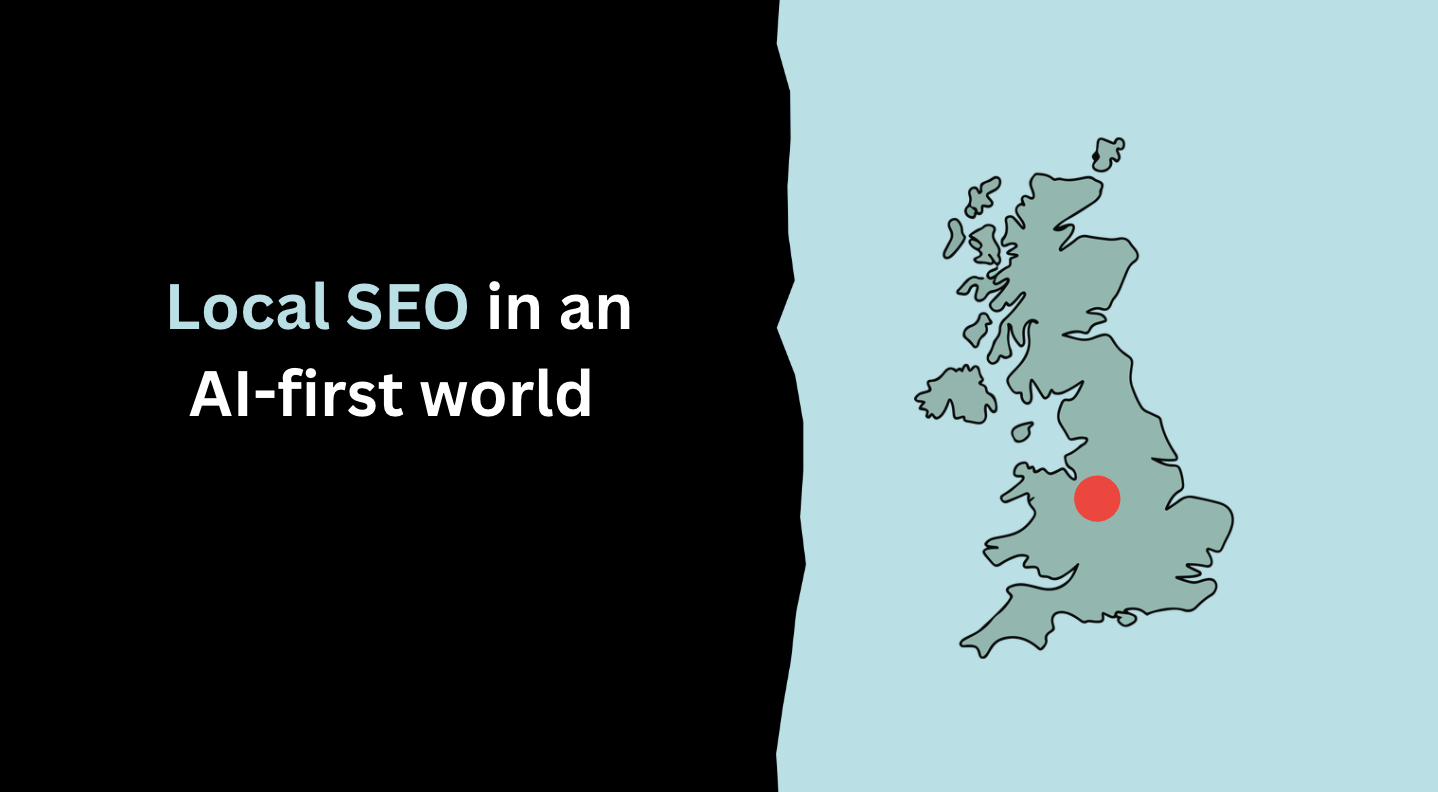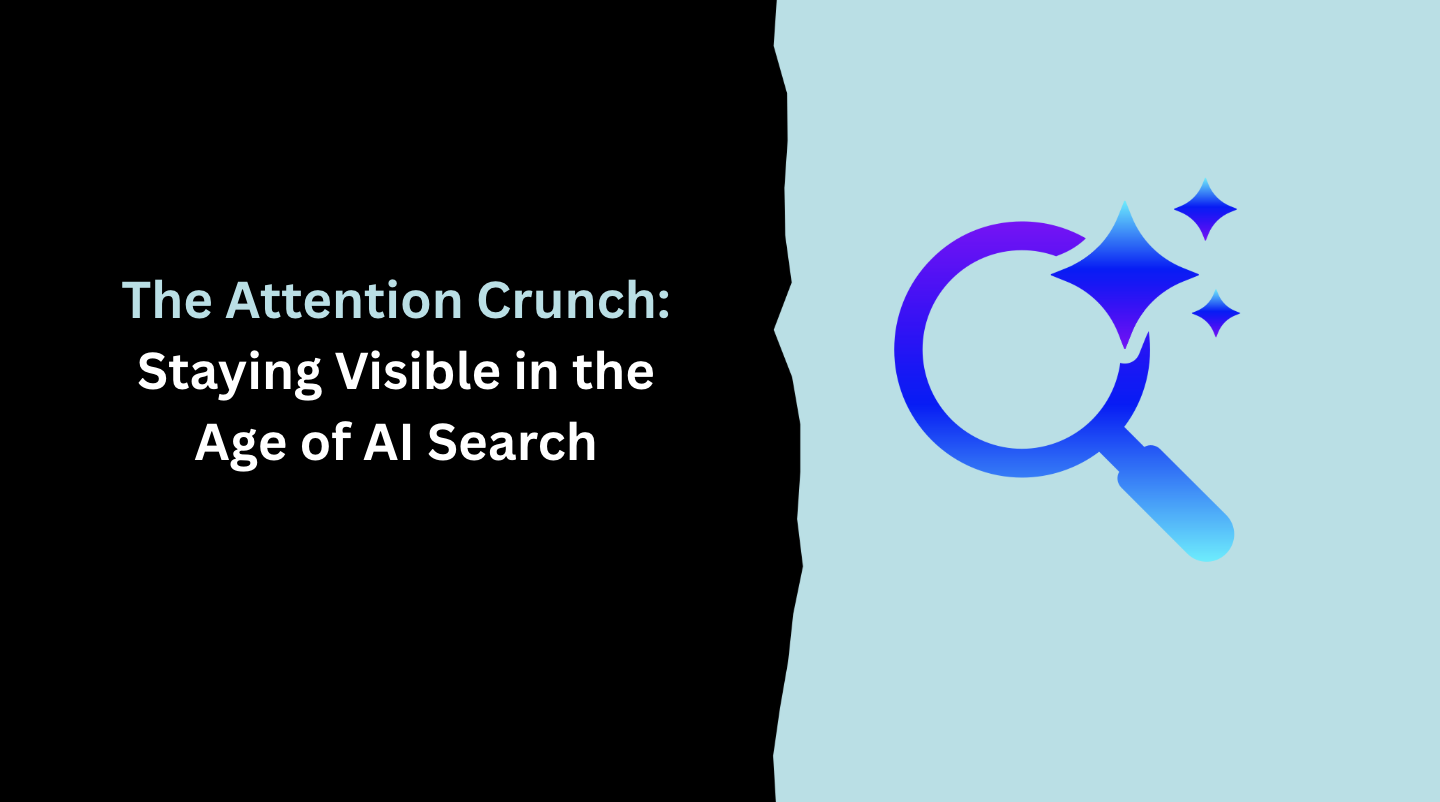Table of Contents
When it comes to SEO, there’s a big difference between B2B and B2C companies. Consumer-focused businesses like redshoes.com can target high-volume keywords related to their products and services and generate a lot of traffic from search engines. However, this approach doesn’t work as well for B2B companies because their products and services are typically more complex and expensive, so people aren’t searching for them in the same way that they search for consumer products. In this article, we will discuss the importance of B2B SEO and how you can create a strategy that works best for your business.
First up - think of the customer
We touched on our example consumer website www.redshoes.com. This is the Ronseal school of marketing and a consumer will who wants some red shoes will gravitate there. However, if we put our B2C hats on and think we are a marketing manager looking for a new CRM system the pain points and user journey are going to be markedly different. The sales funnel is going to be a lot longer as the CRM system is a considerably larger purchase than a pair of shoes. The content approach will also have to reflect this more complex user journey.
The key difference here is that with B2B SEO you are targeting low-volume keywords related to your products and services and multiple touch points. By their very nature, B2B products and services are more complex and expensive, so people aren’t searching for them in the same way that they search for consumer products. In order to reach your target market, you need to create content that addresses their specific needs at each stage of the buyer’s journey.
However, what is analogous to a consumer journey is the AIDA principle.
Awareness Stage:
The first stage of the buyer’s journey is awareness. During this stage, your potential customers are becoming aware that they have a problem or need that your product or service can help with.
For example, let’s say you offer enterprise software solutions. A potential customer in the awareness stage might be searching for “ways to increase efficiency in the workplace.”
Your goal during this stage is to create content that educates your target market about their problem or need and position your company as a thought leader in your industry.
Interest Stage:
Once potential customers are aware of their problem or need, they move on to the interest stage, where they start to research solutions.
For our enterprise software company, a potential customer in the interest stage might be searching for “enterprise software comparisons” or “best enterprise software for small businesses.”
Your goal during this stage is to create content that showcases your products or services and think about all of the potential pain points your identified target customer might have now or in the future.
Desire stage:
In the desire stage, potential customers are narrowing down their options and evaluating which product or service is the best fit for their needs.
For our enterprise software company, a potential customer in the desire stage might be searching for “enterprise software reviews” or “enterprise software pricing comparisons.”
Action Stage:
Finally, we have the action stage, where potential customers are ready to make a purchase.
For our enterprise software company, a potential customer in the action stage might be searching for “enterprise software free trial” or “enterprise software coupons.”
At this stage, your goal is to create content that helps push potential customers over the edge and convinces them to buy from you.
The important thing to remember is that even though the buyer’s journey for B2B products and services is different from the buyer’s journey for consumer products, the principles are still the same.
Lower conversion rates
In B2B SEO conversion rates will be lower. This is to be expected as the products and services being sold are generally more expensive and complex than consumer products. What this means is that even though traffic might be lower, the quality of that traffic will be higher.
Thought leadership
Another important aspect of B2B SEO is thought leadership. Because B2B products and services are generally more expensive and complex, potential customers want to buy from companies that are seen as experts in their field.
One of the best ways to position your company as a thought leader is through content marketing. By creating high-quality, informative blog posts, infographics, eBooks, etc., you can show potential customers.
The basics are still the same
Even though the buyer’s journey and conversion rates are different for B2B products and services, the basics of SEO are still the same. This means that you need to make sure your website is technically sound, your on-site content is optimised, and you’re building high-quality backlinks to your B2B or B2C site. Fundamentally many B2B organisations should think of their SEO as brand marketing. The primary focus should be on creating a strong, differentiated brand that is visible for the right keywords and ranks highly in search results.
Get in touch today
complete the form below for an informal chat about your business







